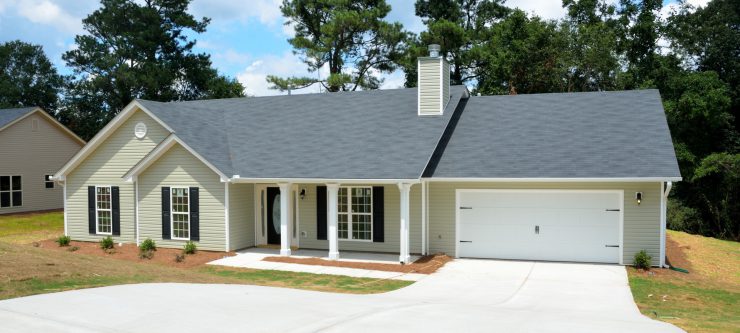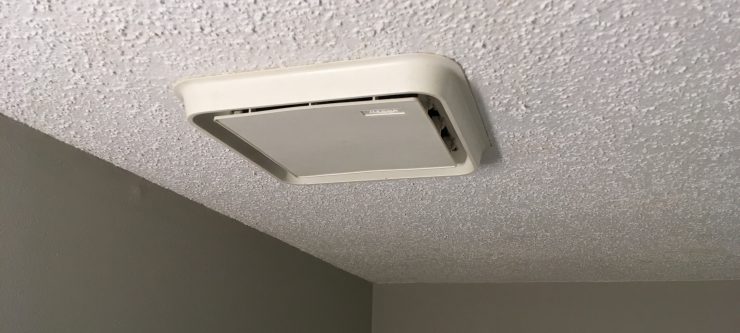(By: Comfort Home Inspections owner Keith Hoaglund)
This a question I get frequently when inspecting older homes. Unfortunately, with regard to homes built prior to 1980, my answer generally is “most likely.” We used asbestos in the manufacture of many building components in that time period, including but not limited to:
- Gas appliance vent pipe
- Boiler pipe insulation
- Vinyl floor tiles
- Vinyl floor glue
- Wallboard patching compound
- Window glazing
- Roofing materials
- Heating and cooling duct tape and insulation
- Plaster
- Fiber cement siding
- Textured ceiling spray
- Vermiculite Insulation
The larger question becomes, “Will it hurt me?” This is more difficult to answer. The mere presence of asbestos in your home is not hazardous in and of itself. Asbestos fibers that are well contained within an undisturbed building component cannot hurt you.
When fibers become loose, crumbly or “friable,” however, they can enter your lungs and cause damage. The best place for materials in good condition suspected to contain asbestos is right where they are. Disturbing these components presents a risk of releasing fibers and this should only be completed by qualified contractors.
A visual inspection cannot determine the presence of asbestos. It can, however, identify components whose appearance is consistent with asbestos-containing materials, and further testing can be done. To determine if a component contains asbestos, a sample must be examined by a qualified lab.
If materials are present that contain asbestos and are in poor condition—cracked, crumbled, loose, or otherwise damaged—they need to be properly removed by a qualified remediation contractor.
The bottom line is that most homes built prior to 1980 have asbestos-containing material within them, but this should not necessarily deter you from purchasing a home of this vintage. More frequently than not, the asbestos is safely contained within the building component and does not pose a threat to you.
 (Written by Realtor Charlie LeFebvre)
(Written by Realtor Charlie LeFebvre)
